
Denver City Councilwoman Mary Beth Susman jokes with her staff about pooling their money and investing in a property along East Colfax Avenue.
"It might be the last place in Denver you could perhaps get something semi-affordable that may have the potential soon for a reawakening," Susman said. "To me, it's Brighton Boulevard 30 years ago."
Colfax Avenue has been neglected for decades and not seen the same wave of revitalization as other areas of town, advocates say. But with millions of taxpayer dollars within reach and support from community leaders and developers, many feel Colfax's time is coming.
Denver's share of the nearly 27-mile corridor is poised to receive $20 million from the 2017 General Obligation Bond to transform the street from the "highest pedestrian crash corridor in the city" to something more walkable and vibrant. Another $55 million from the bond is suggested to go toward the East Colfax Bus Rapid Transit project primarily running from Broadway to Quebec Street. The project calls for exclusive bus lanes, new passenger stops and related amenities.
But before Colfax can see a cent, Denver City Council has to finalize the projects that it thinks should get taxpayer help through GO Bond funds. Then in November, voters have to agree and approve the entire package.
In June, the 2017 GO bond Executive Committee recommended only giving Colfax a third of the $20 million requested for pedestrian improvements.
"It was cut by the executive committee to $6 million, and I worked very hard to make sure that other $14 million got put back in because I didn't think we'd be able to do much of anything with only $6 million," Susman said. "I told some folks that I was going to lie down on some train tracks if the money didn't get back in there. But I don't think I'm going to have to lie down on any train tracks. I think it will stay there."
The birth of Colfax Avenue as we know it: "It was kind of like the movie 'Cars'"
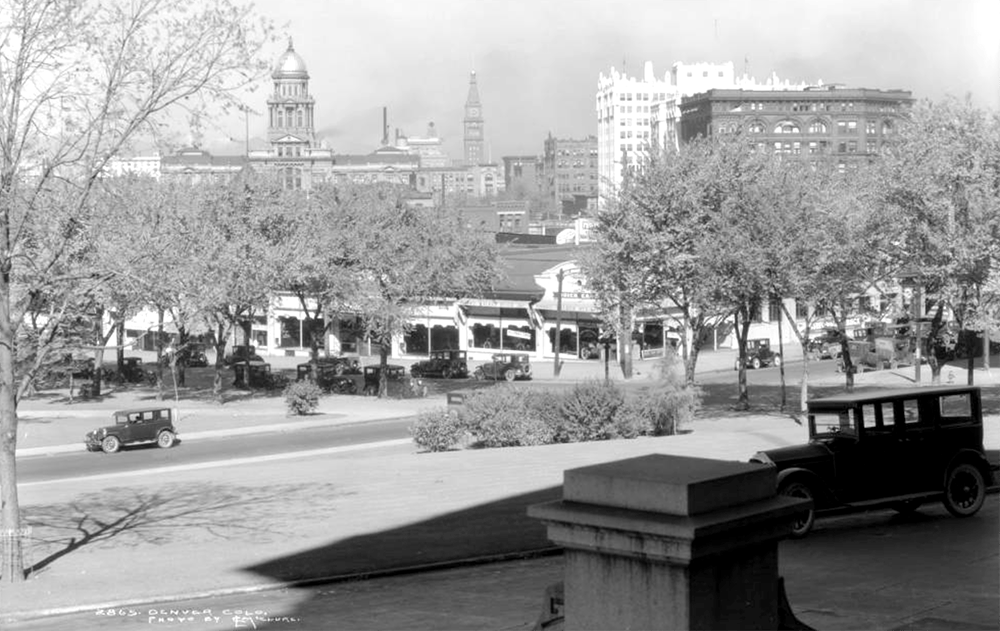
Susman splits representation of Colfax, east of Colorado Boulevard, with Councilman Christopher Herndon. The first time she saw the corridor was in the early 1960s in the back of a pink 1957 Chevy station wagon on her way from Omaha, Nebraska to the World's Fair in Seattle.
"I had my first McDonald's hamburger on Colfax," she said. "I remember my dad saying, 'I just bought lunch for five us for $1.50.'"
Trips like Susman's would diminish after the advent of Interstate 70 in 1968, which allowed travelers to bypass the avenue in favor of a faster, less congested route.
"When the highways were built it was kind of like the movie 'Cars.' All the action starts to go around us on the highway, and the main street really deteriorated. It was benign neglect for decades," said Hilarie Portell, executive director of the Colfax Mayfair Business Improvement District.
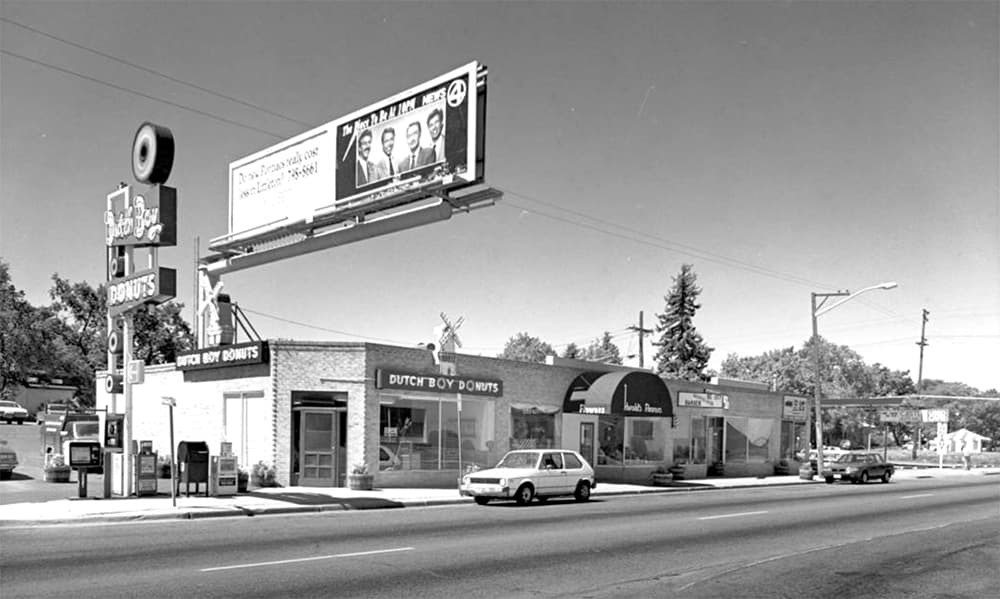
By the time Portell came to Denver in 1993, Colfax's decline seemed to reach its peak after the "Summer of Violence" left 74 people dead.
"Colfax at the time was absolutely beset with drugs, prostitution and crime. There was drive by shootings going on. It was really upsetting to everybody," she said.
By '94, a coalition among Aurora, Denver and Lakewood formed to rehabilitate the avenue. In 2001, Chamberlain Heights was added, marking the first new residential development on Colfax in 80 years, according to the Colfax Business Improvement District.
Redevelopment and progress along the corridor would trickle on after that with business and neighborhood groups popping up to help advance their section of the corridor. Last year, four groups — West Colfax, Colfax, Bluebird and Colfax Mayfair improvement districts — successfully united in a request for $500,000 to unify their redesign plans and get ready for 2017 GO Bond Funds.
"I've been doing it for seven years, but the first effort to revitalize the area began in the '80s closer to downtown," Portell said. "It's taken a really long time to get the momentum, the engagement, the awareness and now the political will to make the area safer and better for all the people who use it."
"Grit." For better or worse, you always hear about "grit" on Colfax.
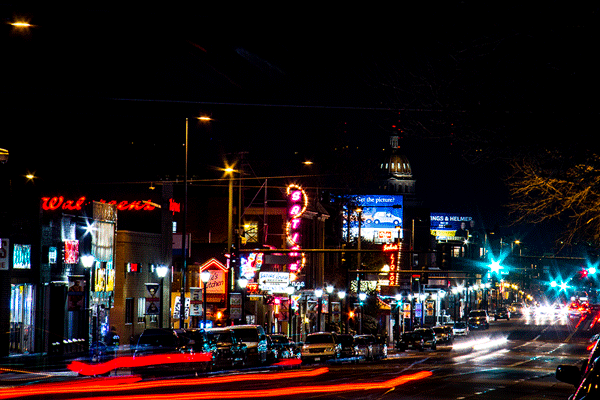
Colfax and the city need to start thinking now about how to prevent people from flocking out of the area as improvements come in and raise property values and the cost of living on the corridor, said Monica Martinez, executive director of The Fax Partnership.
The nonprofit works with community leaders and groups to advocate for building more affordable housing on the East Colfax corridor especially from Colorado Boulevard to Yosemite Street.
"People like the grit of Colfax. People like neon signs. Even the motels, people talk about reusing the motels, 'Don't tear them down because they're a historical artifact of what this street was at one time,'" Martinez said. "Making Colfax mixed-income is important. ... There's housing for all types of people, and in an urban environment, that's my definition of edgy."
Martinez sees the transit project the city's planning in the area as something that could benefit current residents, but if people with higher incomes come in, they'll likely have cars and not need or use bus rapid transit.
"We don't need more retail because there's endless retail," Martinez said. "What I'm telling the city is let's add density and residential development to ensure the success of this transit investment."

In April, the city of Denver dropped $650,000 for a 30,500-square-foot site at the southeast corner of East Colfax Avene and Trenton Street. The site could one day hold affordable housing units and signal more acquisitions to come from the city. In late 2014, the city approved the 50-unit Detroit Terraces apartments near Detroit Street and East Colfax Avenue. Plans for a seven-story, 190-unit near East Colfax Avenue and Corona Street, adjacent to the Smiley's Laundromat set for demolition, seem to have stalled out with the city's last communication on the project happening in early 2016.
Denver is currently working on the East Area Plan and East Central Area Plan that could allow for taller buildings and make it easier to add housing units to the corridor.
But change is already happening.
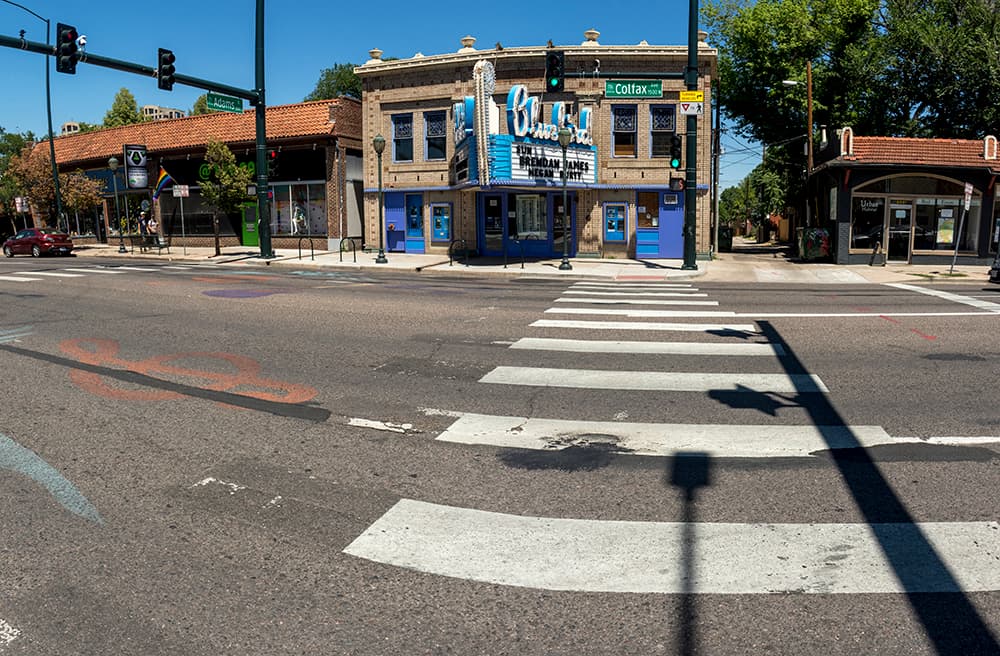
Some developers aren't waiting to see money roll into East Colfax before cashing in on new opportunities in the area.
St. Charles Town Co. added the $16 million Lowenstein Theater project in 2006, where Tattered Cover Book Store and Twist & Shout Records are housed.
In May, the Denver-based firm spent $1.2 million on the 87-year-old building at York Street and East Colfax where Abend Gallery used to be housed.
"When the opportunity to buy this building came, we said, 'Let's see what we can do to keep the momentum going on Colfax,'" said Charles H. Woolley II, founding principal and president of the company.
The plan is to have the building hold several small boutique stores and retail spaces, Woolley said. Where some might see Colfax's shallow lot sizes as a challenge, he thinks they're an opportunity as people buy more and more online and need less and less actual retail space.
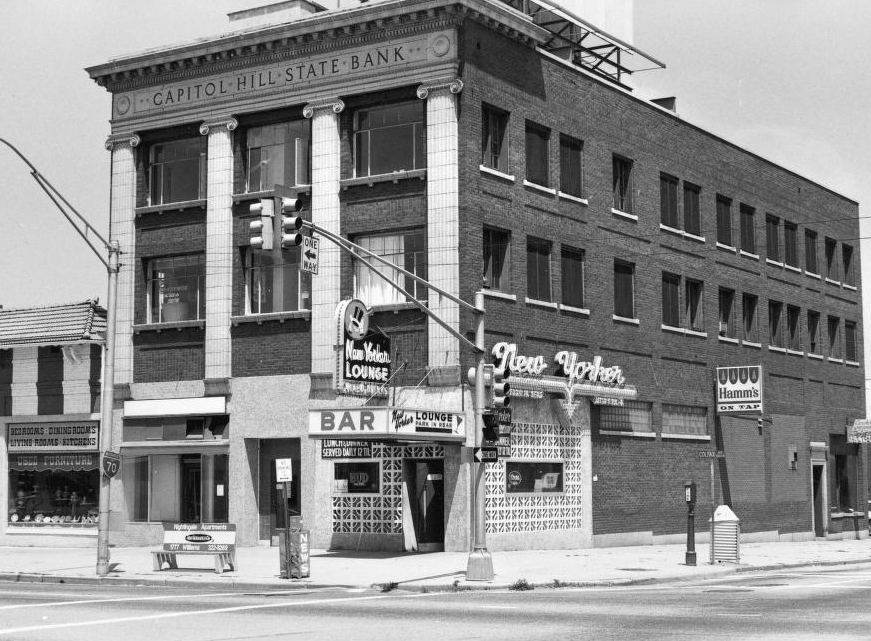
Kentro Group also sees opportunity in Colfax Avenue. The Denver-based firm is behind the Colfax Collection building where Tacos Tequila Whiskey, The Three Lions Lair and other popular retailers are located.
"When we first did 1514 York St. we put Pinche Tacos in there, and I had three or four neighbors come up to me and say, 'Thank you so much for adding these amenities to our area,'" said Dimitrios “Jimmy” Balafas, co-founder and managing partner of Kentro.
"That just made me feel like we're making a difference. Real estate is a lot of hard work, and it can be challenging at times. But when you hear people that you don't know come up to you and they're happy with what you're doing, that's fulfilling."
Kentro is currently working on retail developments at Colfax Avenue and Ivy Street and Colfax and Williams Street in what Balafas calls the "heartbeat of our city." He hopes more developers come and share his vision for the area.
"As a native of Denver, I know my kids are going to someday be using these buildings and driving by these buildingsm and I want them to be proud of what I accomplished and feel good about it," Balafas said.
Business & data reporter Adrian D. Garcia can be reached via email at [email protected] or twitter.com/adriandgarcia.
Subscribe to Denverite’s newsletter here.












